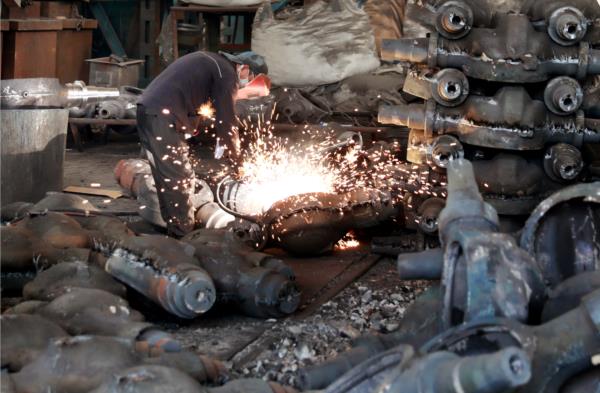
China's factory activity is expected to have contracted for the sixth consecutive month in March, albeit at a slower pace compared to previous months. The Purchasing Managers' Index (PMI) for the manufacturing sector is a key indicator of economic health, with a reading below 50 indicating contraction.
The ongoing trade tensions between China and the United States have continued to weigh on the country's manufacturing sector. The uncertainty surrounding trade negotiations and the imposition of tariffs have led to a decrease in export orders and overall production.
Despite the contraction, the rate of decline in factory activity in March is anticipated to be less severe than in previous months. This could be attributed to government efforts to stimulate the economy through monetary and fiscal policies, as well as targeted measures to support key industries.
Analysts suggest that the Chinese government may introduce further stimulus measures to boost domestic demand and stabilize the manufacturing sector. However, challenges such as high levels of corporate debt and slowing global demand remain significant obstacles to China's economic growth.
It is crucial for China to strike a balance between supporting economic growth and implementing structural reforms to address underlying issues in the economy. The outcome of ongoing trade negotiations with the United States will also play a crucial role in shaping the future trajectory of China's manufacturing sector and overall economic performance.







